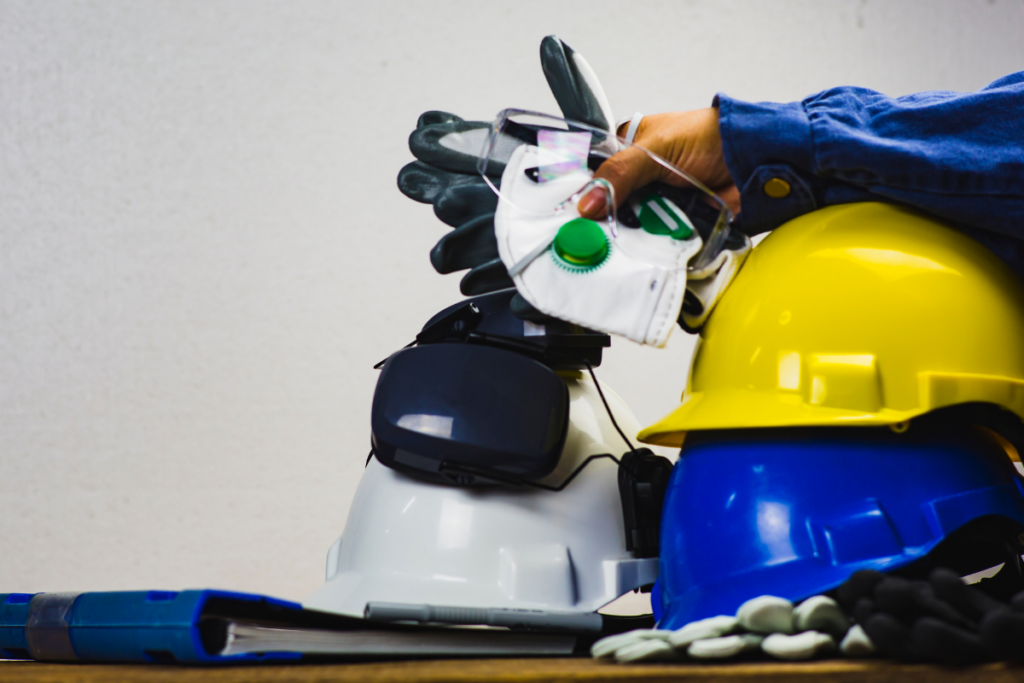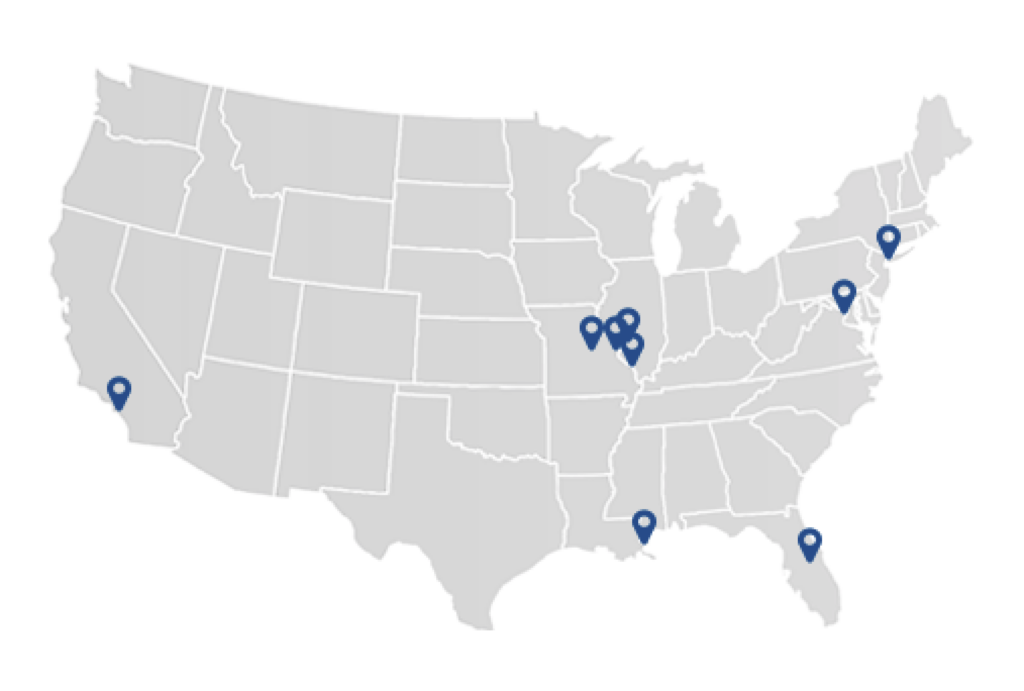
In the last two years, people have learned a great deal about how protective gear is not all the same. For instance, we know that there are different grades and types of masks – some provide a great deal more protection than others.
The same can be said when it comes to all types of protective gear, including the kind that people wear to prevent asbestos exposure.
What works?
According to the Environmental Protection Agency (EPA), personal protective equipment (PPE) is necessary to protect against the harmful effects of asbestos exposure.
Some of the equipment that this and other agencies recognize as providing suitable protection include:
- Head covers
- Foot covers
- Coveralls
- Air-purifying respirators with filters
- Powered air-purifying respirator (PAPR) with filters
- Safety goggles or glasses
- Gloves
Clothing items should be made from synthetic fibers that block asbestos, and workers should dispose of the clothing items after asbestos contamination. They should also replace respirator filters regularly.
What doesn’t work?
Unfortunately, not everyone acquires or uses PPE properly. Some parties do not think they can afford to buy the equipment; others feel other options can be just as effective. However, that is generally not the case.
If you are working with asbestos, the following types of protective clothing and gear may not provide as much protection as you think:
- Paper face masks (even medical-grade)
- Work clothes that you re-wear without proper decontamination
- Clothing made from cotton, wool and other material that does not effectively keep out other fibers
- Clothing with holes or tears
- Ill-fitting masks, eyewear or gloves
This equipment can put workers in danger of asbestos exposure because they do not adequately keep asbestos fibers from contaminating a person or getting into their lungs.
Wear what works
If you are completing a job and are at risk of asbestos exposure, be sure you have the proper gear to keep you safe. If your equipment comes from your employer, inspect it regularly and notify them if you see any issues with the type or quality of the gear.
Having the correct type of protection if you work around asbestos is a top priority; it can make the difference between staying safe and receiving a devastating diagnosis in the future.


